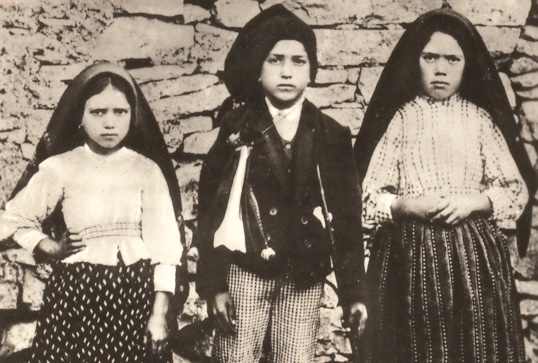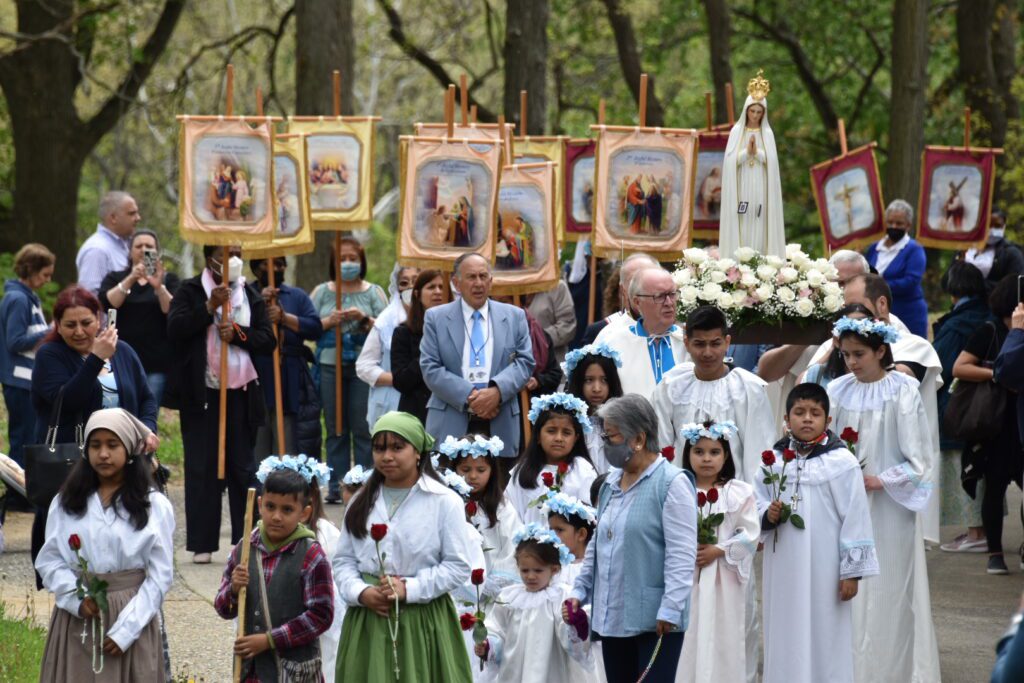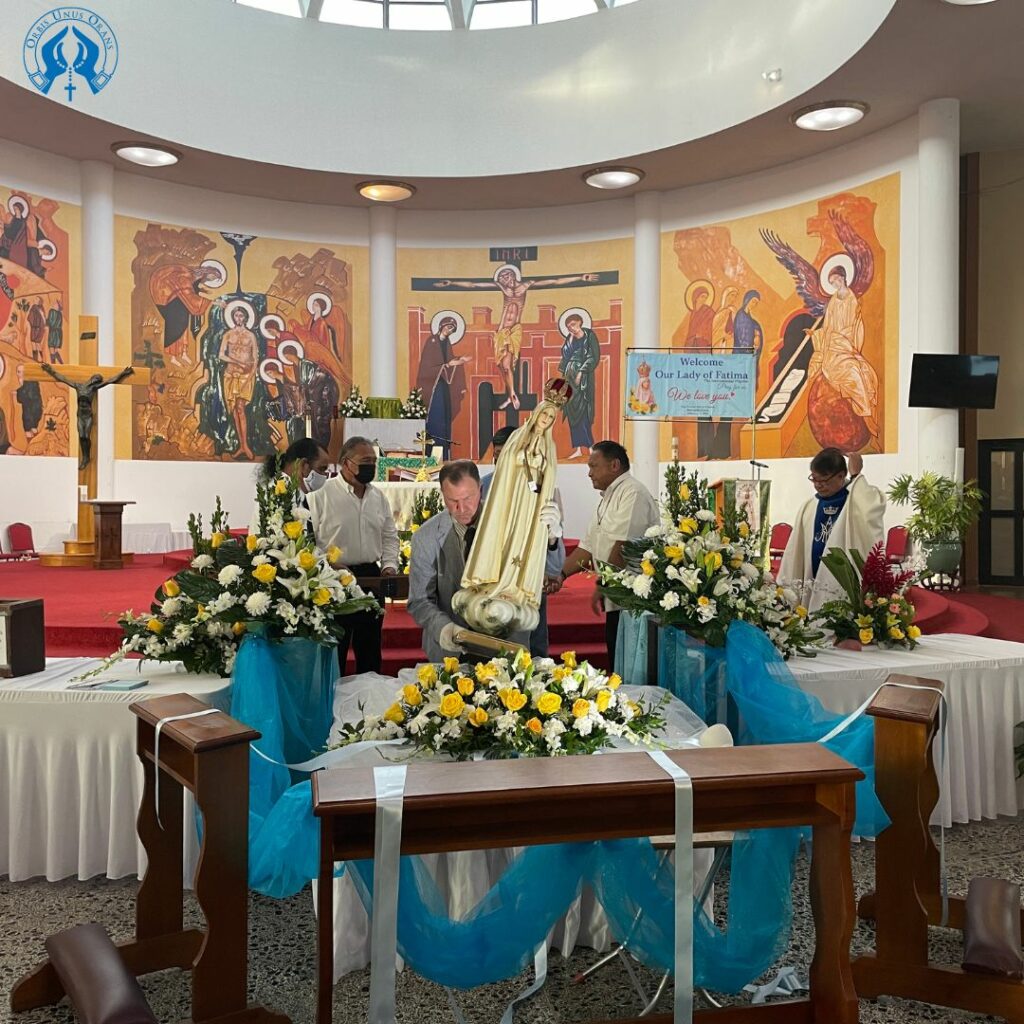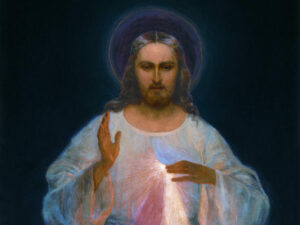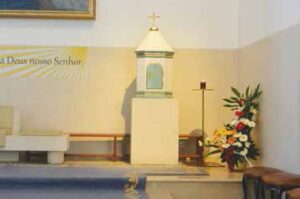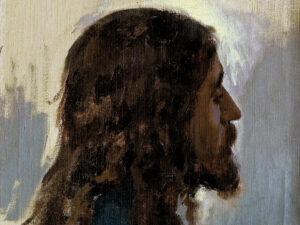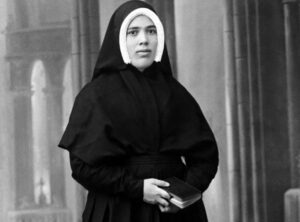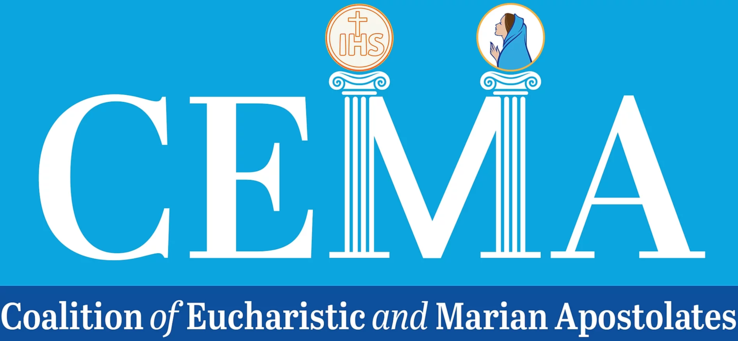How the Pro-Life Movement Grew Up Under Roe v. Wade

by Barb Ernster –
This year marks the 50th anniversary of the well-documented case of the International Pilgrim Virgin Statue, which famously wept human tears during a visitation at a New Orleans church on July 17, 1972. The story and photos were captured by Father Elmo Romagosa, the executive editor of the Clarion Herald, the newspaper for the Diocese of New Orleans. It was not the first, nor the last time the statue is said to have wept.
St. Pope John Paul II was quoted as saying, “If the statue of Our Lady weeps, she has reason to weep.” (Wonders She Performs, p. 164, by Louis Kaczmarek)
Many have speculated over the years that the statue wept because of the impending Roe v. Wade decision that was being argued before the Supreme Court at that time and handed down just months later on Jan. 22, 1973.
Much celebration and thanksgiving has ensued over the recent SCOTUS ruling that overturned Roe on June 24, 2022, the feast of the Sacred Heart and the day before the feast of the Immaculate Heart.
Coincidences aside, Our Lady set out, it seems, to spread her dominion over her faithful children, who got to work immediately after the Roe ruling to do good in the face of evil. During these 50 years, the pro-life movement grew tremendously in love and mercy, especially toward the mothers, and now, through organizations like 40 Days for Life and other prayer and Rosary campaigns, toward people leaving the abortion industry. The Catholic Church was particularly vocal about this in the late 1990s and early 2000s.
The move toward establishing pregnancy help centers started early in the 1970s and has now grown up, so to speak. From providing free baby supplies, pregnancy tests and consultation to the mothers, many of these life care centers have expanded to become medical clinics with onsite licensed medical staff who care for the mother and child before and after birth, trained personnel who provide parental education, counseling support, job-training and even post-abortive recovery.
Most of this has been built on free-will donations from the pro-life faithful.
The mainstream media has largely ignored these life-affirming centers, writing them off as “anti-abortion facilities.” But since Roe, thousands of pregnancy resource centers and other organizations have been established across the U.S. and the world, and they far surpass the number of abortion facilities, which tend to focus solely on abortion as the only choice for the woman. In 2021, less than 800 abortion clinics were operating in the U.S., compared to 2,300 pregnancy resource centers.
The pro-life movement is in a good position today, poised to help a culture steeped in the abortion mindset to look at the other “choice” – the one in which a mother decides to keep the baby.
Here is just a snapshot of the roots of this movement:
Almost immediately after the Roe decision, in 1975, Sister Jeanne Therese Condon opened the first pregnancy care center near the University of Minnesota. It is still there today, and her small effort grew into the organization known as Elevate Life with 33 affiliate life care centers in Minnesota and Wisconsin, far more than abortion facilities. Many more regional groups like this exist around the country.
Even before the legalization of abortion, hundreds of everyday people began to help women faced with an unplanned pregnancy. Many opened their homes to young girls, others adopted; still others started hotlines, which grew into pregnancy help services. In 1971, Alternatives to Abortion (AAI) was formed in an attempt to network all these grassroots efforts. From there, it kept growing.
By 1993, AAI had changed its name to Heartbeat International and had 200 affiliate pregnancy resource centers (PRCs). According to its website, it became the “go-to” place for Catholics and Christians seeking help with start-up manuals, model programs, leadership training conferences and advice.
Today, the organization serves nearly 3,000 affiliated PRCs worldwide, with 80 affiliated help organizations in 80 countries and has 81,300 volunteers.
Care Net was founded in 1975 to provide support and resources to women and men seeking alternatives to abortion. Today it has 1,100 affiliates, 30,000 volunteers, and has provided more than $62 million in free services since 2008.
As PRCs began to grow their services, the National Institute of Family and Life Advocates (NIFLA) was founded in 1993 to help them convert to licensed medical clinics, so that they could provide their clients with pre- and post-natal medical services onsite. The organization has helped 1,500 centers convert to licensed medical clinics, while also providing ongoing legal counsel, education and training.
The movement expands as abortion takes its toll
The annual March for Life kicked off on January 22, 1974, with 20,000 people who rallied in Washington DC. Now numbering in the hundreds of thousands, the March has become a movement of the younger generation, who have grown up with the devastating effects of abortion. The courage of their witness has emboldened others to see the other side.
Silent No More Awareness Campaign was formed to give voice to post-abortive women who have testified to the devastating effects of abortion on them. More and more women are speaking up about this.
Rachel’s Vineyard was founded in 1996 to help provide therapeutic support and healing to post-abortive women. Their weekend retreats help women and men address the psychological and spiritual trauma that often haunts them for years. It now operates in 70 countries.
Our Lady still weeps for her children, but we must take heart and continue to be her hands and feet on the ground. We do not know what our prayers and sacrifices – material and spiritual – are building for the future. The Fatima message compels us to persevere in the work needed to truly build a culture of life.
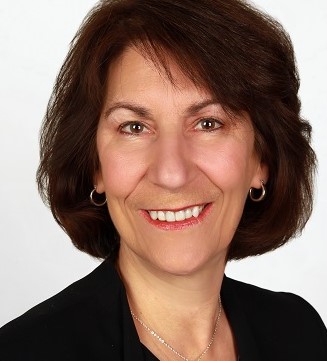

Barb Ernster is the Communications Manager and Editor of Soul Magazine for the World Apostolate of Fatima USA.


